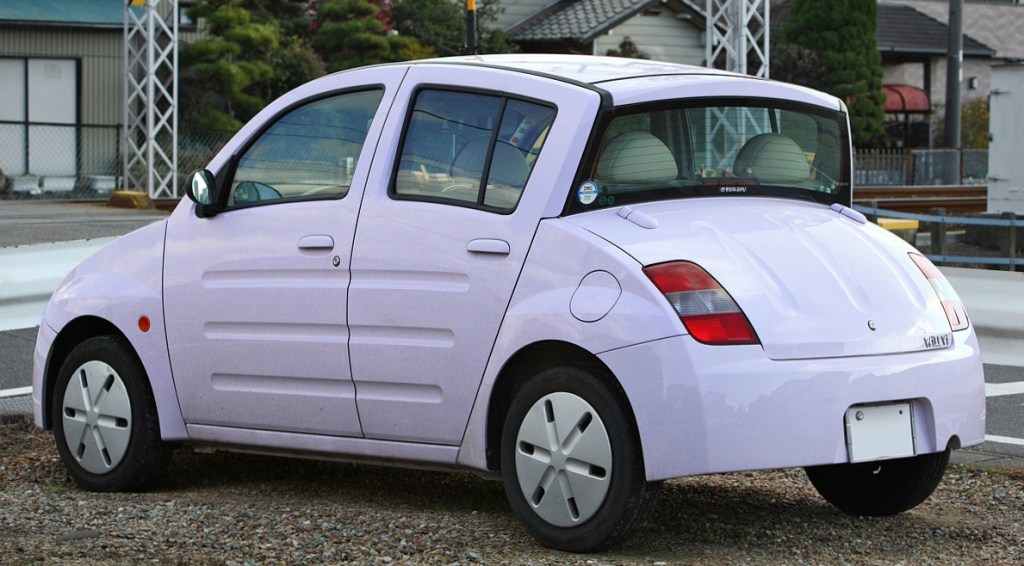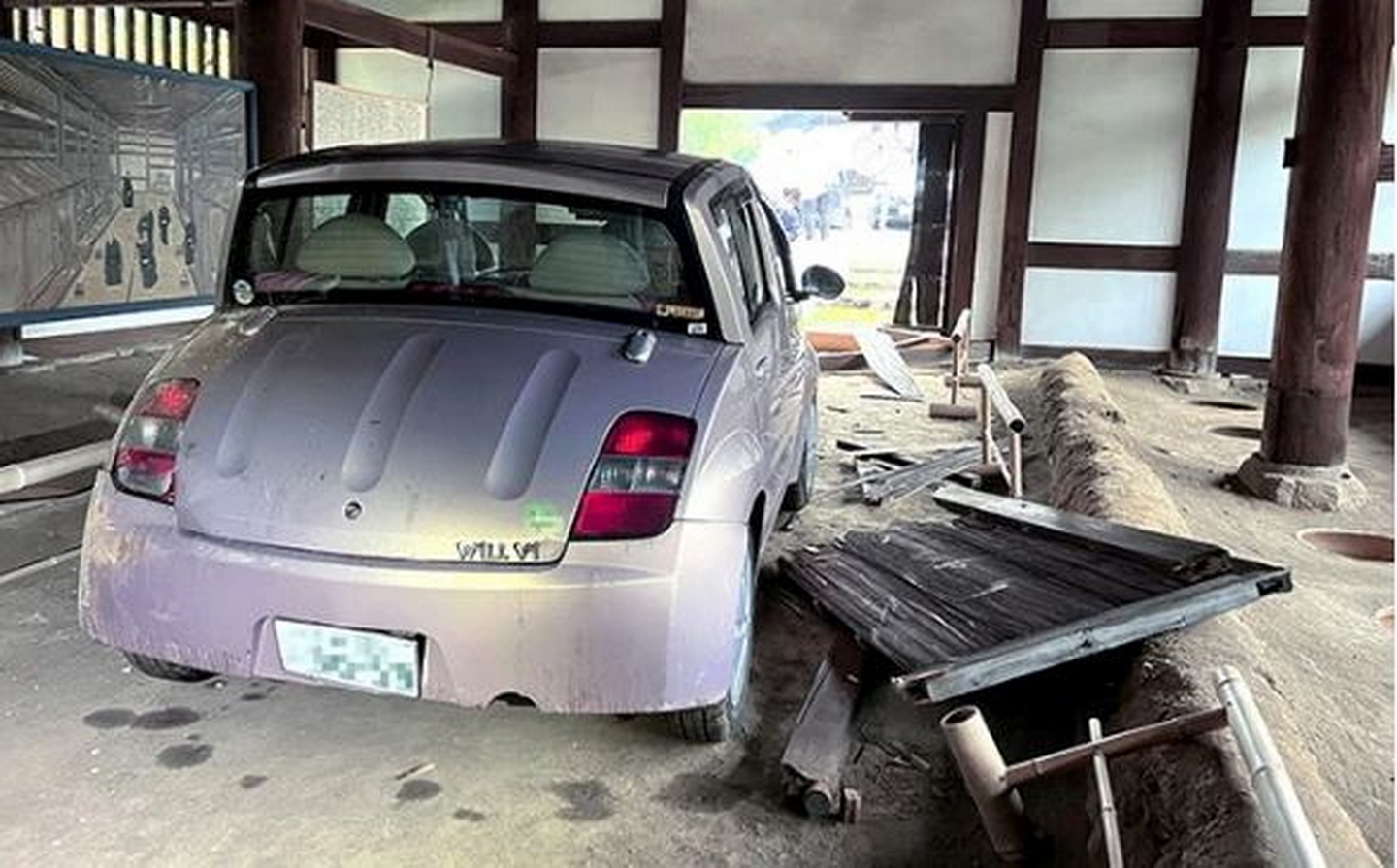Driver reverses into Japan’s oldest toilet
It's badly backed up in there
A 15th-century lavatory in Japan has been badly damaged after a motorist accidentally reversed his car into the building at an ancient Buddhist temple in Kyoto.
The incident occurred on Monday morning (October 17) when the driver, who works for the Kyoto Heritage Preservation Association, unwittingly crashed his 20-year-old car through the door of the 600-year-old building at the sacred Tofukuji temple, ripping off the doors and damaging an internal wall.
The driver, 30, has not been named and is understood to have been unhurt, calling the police immediately in the aftermath the incident.
The communal toilet building, once used by up to 100 monks at a time, was unoccupied at the time of the crash, not having been used for its intended purpose since around the middle of the 19th century.
Nicknamed the “hyakusecchin”, which means 100-person toilet, unlike modern lavatories or the futuristic hi-tech loos for which Japan is known today, the toilets themselves consist of holes cut into blocks of stone. The building isn’t normally open to the public, though the toilets can be viewed by visitors through gaps in the exterior.

As well as providing comfort for the monks, the lavatory was once financially important for the temple.
“In the Muromachi period [1336 to 1573], excretion was used for compost manure that was indispensable to Kyoto vegetables delivered to kitchens of samurai warriors, court nobles and ordinary people in Kyoto. The compost manure was said to be a large source of income for the Zen temple,” explains a plaque at the site.
Luckily for the driver, conservators say that the damage to the building can be repaired.
Toshio Ishikawa, director of the temple’s research institute, said he was “stunned” by the extent of the damage, but relieved that no one had been injured.
“We’d like to restore it before the autumn foliage season but it will probably take until the new year [to repair].”
Also notable about the incident in Kyoto was the hapless motorist’s car, a WiLL Vi.
Cars from the short-lived WiLL brand aren’t often seen in the UK and the company was a joint-venture between Toyota, Panasonic, Asahi Breweries and other big Japanese firms aimed at selling a vast range of products including cars to a younger demographic.
Among the firm’s offerings was the oddball WiLL Vi, a small retro-styled car based on Toyota Yaris underpinnings and built between 2000 and 2001, at which point it was dropped due to slow sales.

The Vi followed in the footsteps of other well-received neo-retro cars such as Nissan’s “Pike” quartet, the Figaro, Pao, Be-1 and S-Cargo, and owed much to classic models such as the 1960s Mazda Carol, Ford Anglia and Citroën Ami.
Despite its quirky looks and the option of a folding canvas roof, the Vi wasn’t an enormous success for WiLL or its maker, Toyota, and the model was replaced by the less unusually-styled WiLL VS, though another model, the strange-looking and similarly-sized WiLL Cypha, was perhaps a more direct successor.
Neither WiLL’s cars nor its other products, which included electronics, beer, sweets, air-fresheners, stationery and tourist experiences, were enough to sustain the brand, and by 2004 it was no more.
Related articles
- After reading about damage to Japan’s oldest toilet, you may like to check out this list of the ugliest cars ever made
- Honda and Sony electric vehicle joint venture would be standalone company
- Strong showing for Japanese and Korean models as Warrantywise index reveals UK’s most reliable used car
Latest articles
- New Aston Martin Vanquish to get V12 engine with 824bhp
- Cupra updates Leon and Formentor with sharp styling and longer-range hybrids
- Extended test: 2023 Vauxhall Astra Sports Tourer GS PHEV
- Omoda 5 prototype review: Bargain family SUV is solid first effort for new Chinese brand
- Dacia Duster 2024 review: Rugged, affordable SUV modernised with electrification and quite the glow up
- Audi A3 Sportback 2024 review: Softly, softly, catchy premium hatchback buyer
- New electric-only Mini Aceman fills gap between Mini Cooper hatch and Countryman SUV
- Tesla driver arrested on homicide charges after killing motorcyclist while using Autopilot
- Porsche Macan 2024 review: Sporty compact SUV goes electric, but is it still the class leader for handling?














